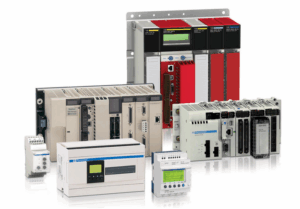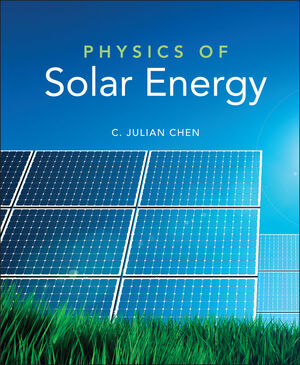Solar energy is one of the most abundant and renewable energy sources available on Earth. It powers life, drives weather patterns, and is increasingly becoming a critical component of our energy systems. But what exactly is solar energy, and what are the physical principles that govern its operation? This article delves into the physics of solar energy, breaking down the concepts behind this remarkable natural resource.
What is Solar Energy?
Solar energy is the radiant energy emitted by the Sun. It is the result of nuclear fusion reactions occurring in the Sun’s core, where hydrogen nuclei combine to form helium, releasing vast amounts of energy. This energy travels across space as electromagnetic radiation, primarily in the form of visible light, ultraviolet (UV), and infrared (IR) waves.
Key Physical Principles of Solar Energy
1. Electromagnetic Radiation
The Sun’s energy reaches Earth as electromagnetic waves, which carry energy through the vacuum of space. These waves vary in wavelength and energy, with shorter wavelengths (UV light) having higher energy and longer wavelengths (IR light) having lower energy.
The visible light spectrum, which is only a fraction of the electromagnetic radiation from the Sun, plays a significant role in solar energy systems, as it is the primary source for photovoltaic (PV) cells.
2. The Solar Constant
The amount of solar energy received per unit area at the top of Earth’s atmosphere is known as the solar constant, approximately 1,366 watts per square meter (W/m²). However, atmospheric conditions such as absorption and scattering by gases, clouds, and dust reduce the energy that reaches the Earth’s surface. On average, the surface receives about 1,000 W/m² in direct sunlight on a clear day.
3. Photovoltaic Effect
The photovoltaic (PV) effect is the physical process that allows solar panels to convert sunlight into electricity. When photons from sunlight strike a semiconductor material, such as silicon, they transfer energy to electrons, allowing these electrons to escape their atomic bonds and flow as an electric current. This current is then harnessed to power electrical devices.
The efficiency of PV cells depends on the material properties, the quality of sunlight, and the cell’s ability to minimize energy losses.
4. Thermal Energy Conversion
Solar energy is also used in thermal systems, such as solar water heaters or concentrated solar power (CSP) plants. Here, solar radiation heats a fluid or surface, which can then be used to produce steam for electricity generation or for direct heating purposes.
The efficiency of thermal systems is governed by thermodynamics, particularly the laws concerning energy transfer and conversion.
Factors Affecting Solar Energy Utilization
1. Geographic Location: Areas closer to the equator receive more direct sunlight and are ideal for solar energy systems.
2. Time of Day: Solar energy varies throughout the day, peaking at noon when the Sun is highest in the sky.
3. Weather and Atmospheric Conditions: Cloud cover, air pollution, and other factors can significantly reduce solar energy availability.
4. Seasonal Variations: In many regions, the angle of the Sun changes with seasons, impacting solar energy collection.
Applications of Solar Energy
1. Solar Photovoltaic Systems
These are used to generate electricity for residential, commercial, and industrial purposes. PV systems are modular and can be installed on rooftops, fields, or even as floating solar farms.
2. Solar Thermal Systems
Solar collectors are used to heat water or air, commonly applied in residential heating systems and industrial processes.
3. Concentrated Solar Power (CSP)
CSP systems use mirrors or lenses to focus sunlight onto a small area to generate heat. This heat is then used to drive steam turbines for electricity production.
The Future of Solar Energy
Advancements in materials science, such as the development of perovskite solar cells, promise to increase the efficiency and lower the cost of solar energy systems. Additionally, innovations in energy storage, such as batteries and thermal storage systems, are overcoming the intermittent nature of solar energy, making it a more reliable power source.
With these advancements, solar energy is poised to play a pivotal role in transitioning the world toward sustainable and renewable energy solutions.
The physics of solar energy is a fascinating interplay of light, matter, and energy conversion processes. By harnessing the Sun’s power, humanity can reduce its dependence on fossil fuels, decrease greenhouse gas emissions, and build a cleaner, brighter future. Understanding the underlying principles not only deepens our appreciation for this energy source but also drives the innovation necessary to make solar energy more accessible and efficient.













